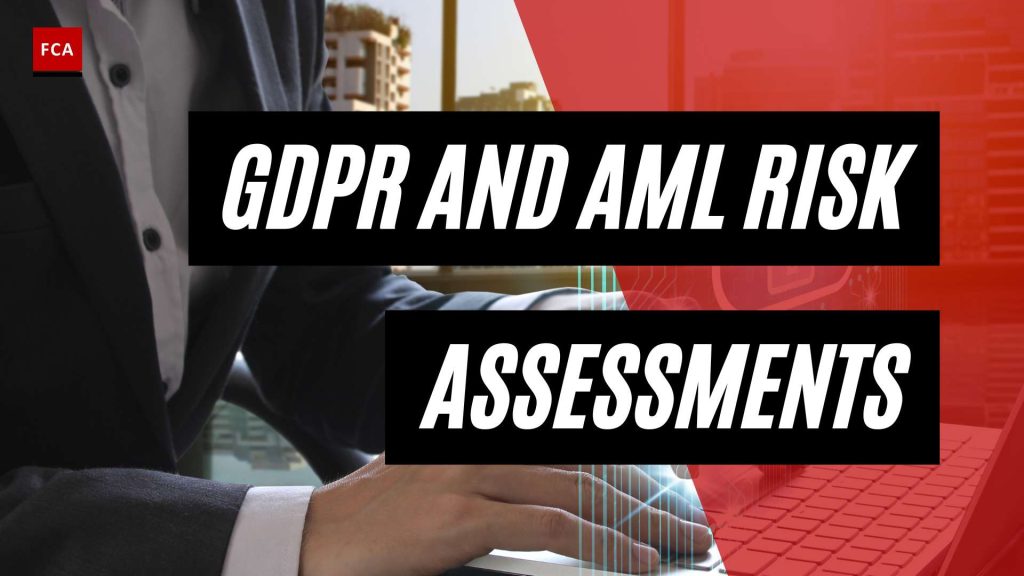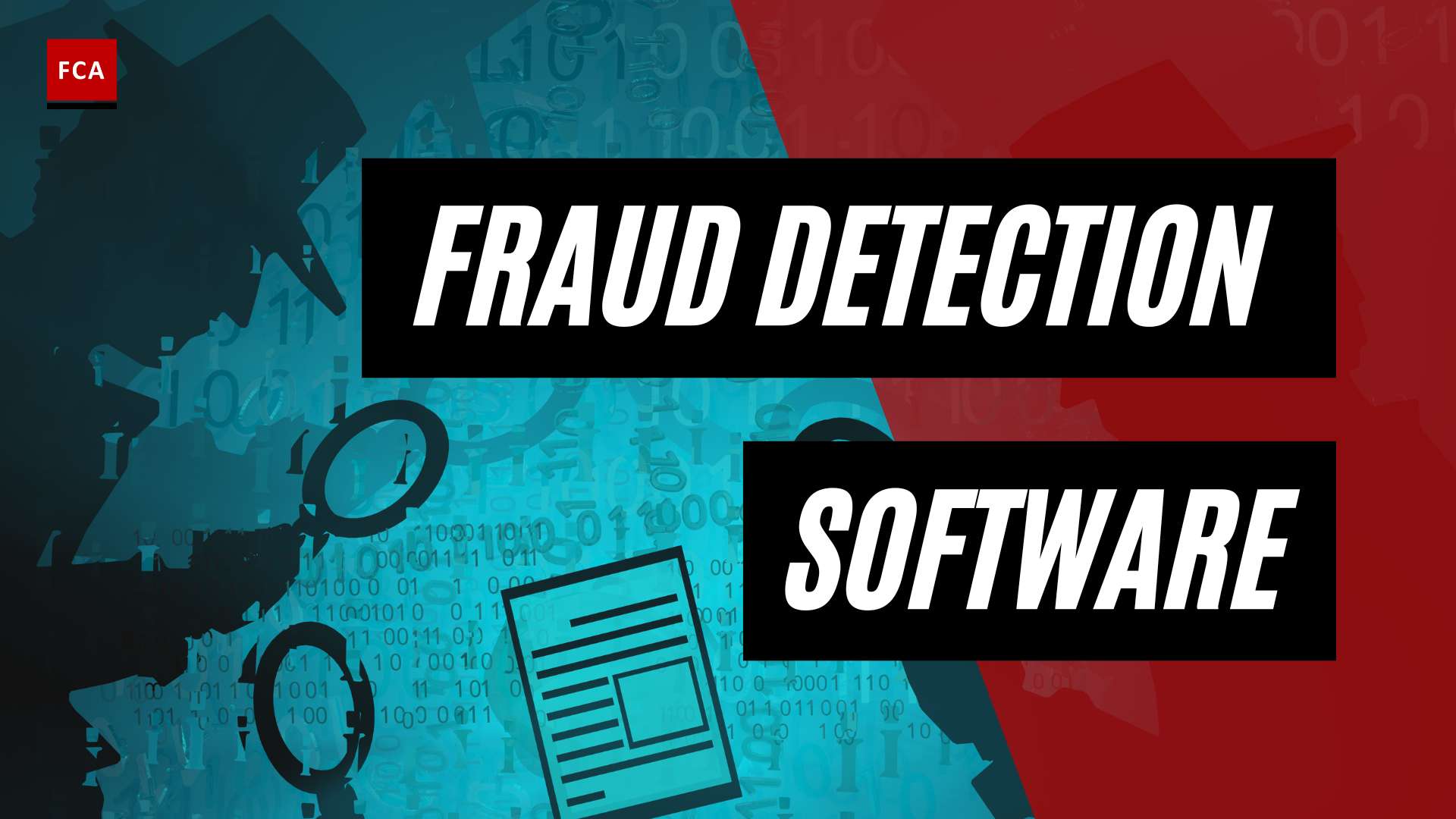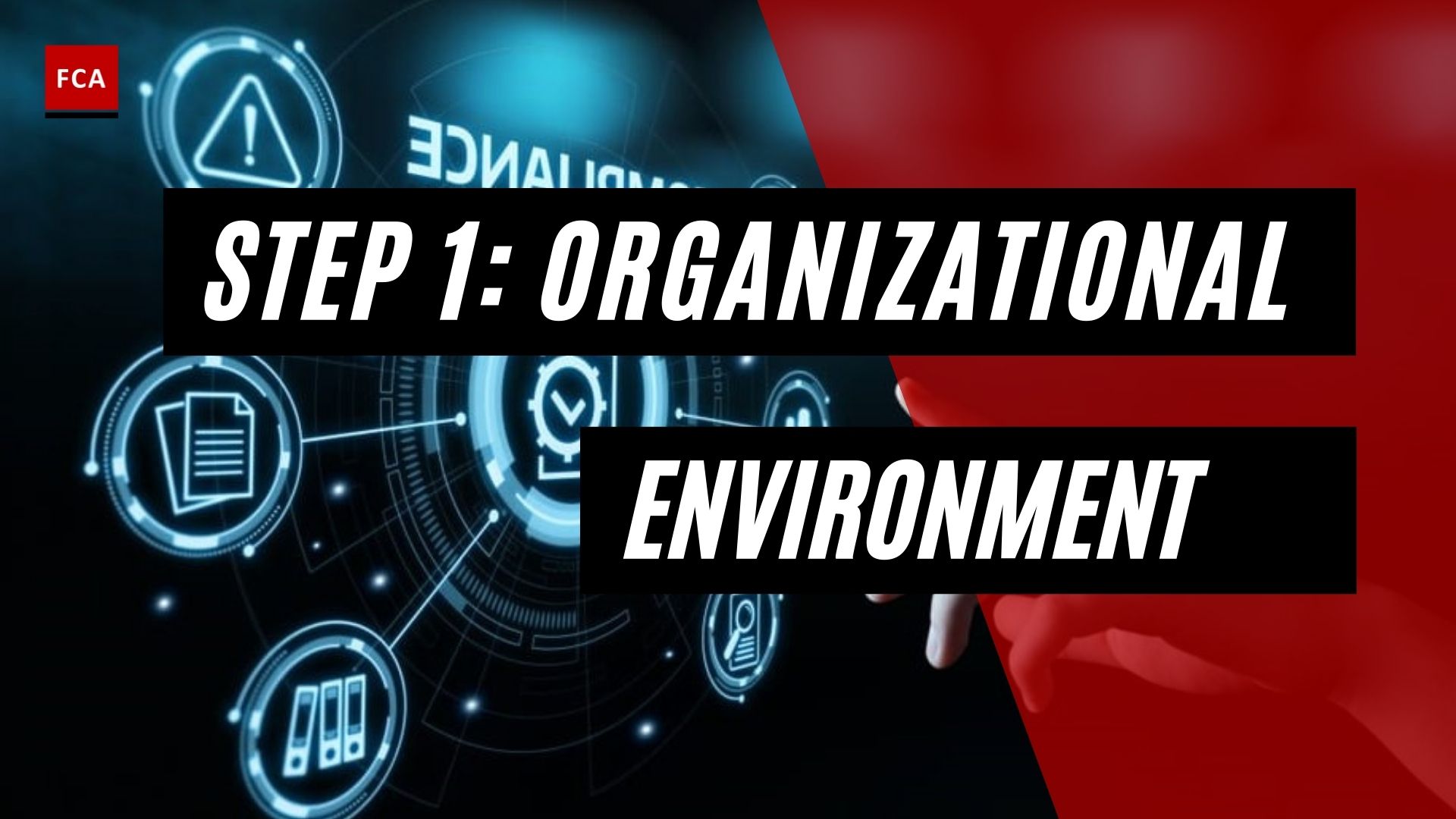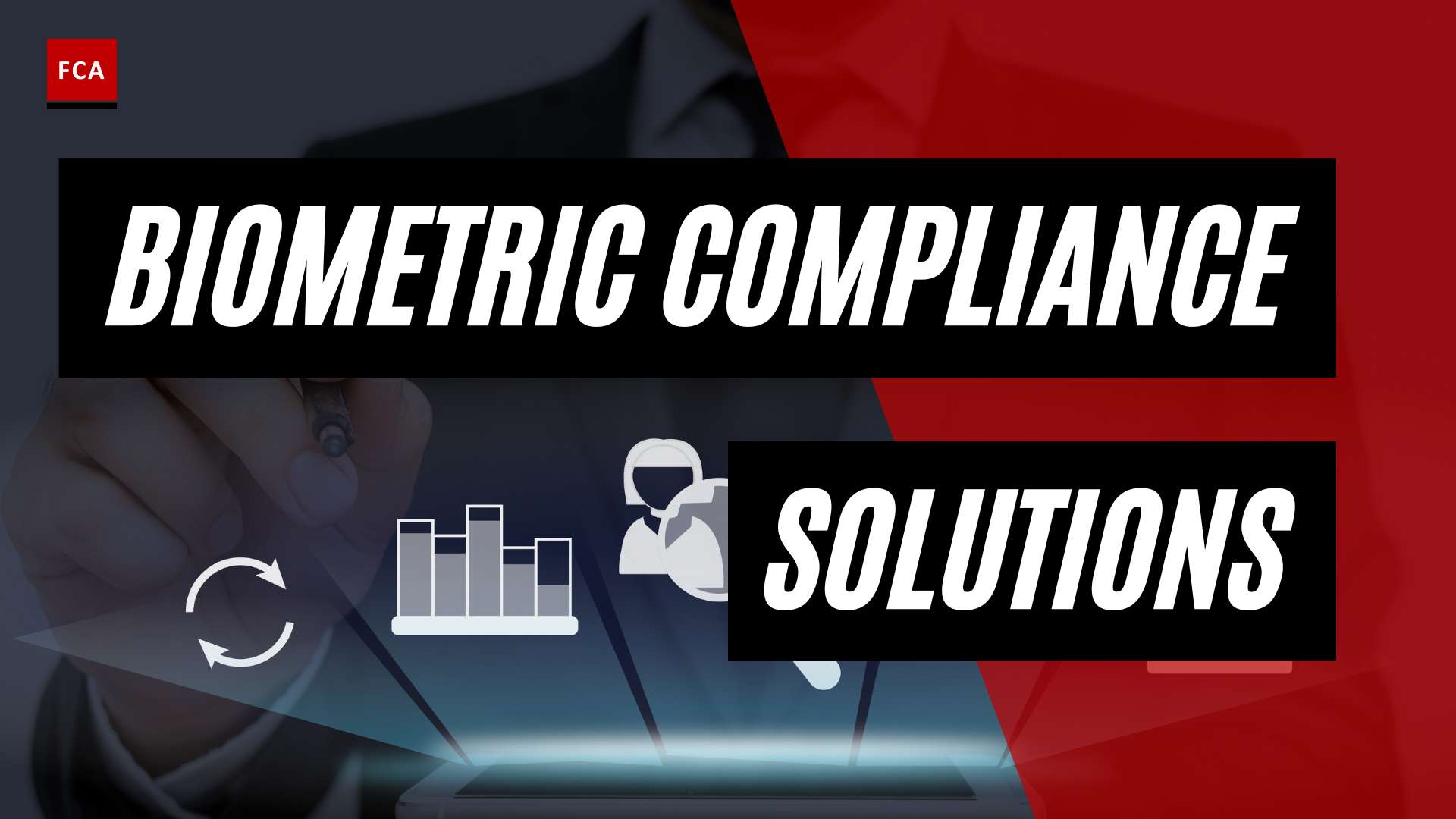Understanding GDPR and AML Compliance
In the ever-evolving landscape of compliance and risk management, organizations must navigate the intersection of GDPR (General Data Protection Regulation) and AML (Anti-Money Laundering) regulations to ensure comprehensive and effective compliance efforts. Understanding the importance of GDPR and AML compliance, as well as the overview of these regulations, is essential for professionals working in compliance, risk management, anti-money laundering, and anti-financial crime.
The Importance of GDPR and AML Compliance
GDPR, introduced by the European Union, aims to protect the privacy and personal data of individuals. It establishes strict requirements for organizations that process personal data, including the need for lawful, fair, and transparent processing. Non-compliance with GDPR can result in significant fines, which are imposed based on various factors, such as the nature and duration of the infringement, intentionality, and cooperation of the organization (European Commission).
On the other hand, AML compliance is critical in the fight against money laundering and other financial crimes. AML regulations require organizations to implement robust processes and controls to prevent the use of their systems for illicit activities. By complying with AML regulations, organizations demonstrate their commitment to maintaining the integrity of the financial system and protecting themselves from reputational and legal risks.
Overview of GDPR and AML Regulations
The GDPR and AML regulations have different focuses but intersect in areas where data privacy and anti-money laundering efforts converge. GDPR places an emphasis on data protection, while AML regulations aim to prevent financial crimes. However, both have implications for organizations and require careful consideration in the compliance landscape.
GDPR requires organizations to ensure the legality, fairness, and transparency of data processing, impacting the way AML risk assessments are conducted (AuditBoard). Organizations must consider data protection measures, data minimization, and the rights of data subjects in the context of their AML compliance efforts.
AML compliance programs, on the other hand, need to integrate GDPR requirements to ensure the lawful processing of personal data collected during customer onboarding, transaction monitoring, and other AML-related activities. Organizations must strike a balance between meeting AML obligations and adhering to the principles of data protection outlined in GDPR. This integration allows for streamlined compliance efforts and harmonized risk management practices (AuditBoard).
By understanding the importance of GDPR and AML compliance and gaining an overview of these regulations, professionals can navigate the complexities of compliance in an ever-changing regulatory landscape. The integration of GDPR into AML risk assessments, along with the synergy between GDPR and AML compliance, enables organizations to enhance their risk management frameworks and strengthen data protection practices in the fight against financial crimes.
Integrating GDPR into AML Risk Assessments
To ensure comprehensive compliance in the financial sector, it is crucial to integrate the General Data Protection Regulation (GDPR) into Anti-Money Laundering (AML) risk assessments. This integration allows organizations to streamline their compliance efforts, minimize duplicative procedures, and strengthen their overall risk management framework.
Impact of GDPR on AML Risk Assessments
The GDPR, which focuses on data privacy and protection, has a significant impact on AML risk assessments. It introduces stringent requirements for the collection, processing, and storage of personal data. Organizations must ensure that they comply with these requirements when conducting AML risk assessments, as personal data is often involved in the process.
By integrating GDPR into AML risk assessments, organizations can enhance their data protection practices and reduce the risk of data breaches. This proactive approach helps to safeguard sensitive information and maintain customer trust. Additionally, aligning with GDPR requirements can help organizations avoid hefty non-compliance fines imposed by regulators.
Synergy Between GDPR and AML Compliance
The synergy between GDPR and AML compliance can lead to several benefits for organizations. By aligning these two frameworks, businesses can enhance their risk mitigation strategies, increase regulatory compliance, and improve overall data protection practices.
The integration of GDPR into AML risk assessments allows organizations to identify vulnerabilities in their data protection processes and anti-money laundering procedures. This proactive approach helps to identify and address potential risks before they escalate, reducing the likelihood of non-compliance and associated penalties.
Moreover, a robust compliance risk management program incorporates both GDPR and AML requirements seamlessly. This integration strengthens the overall risk management framework of an organization, ensuring a holistic approach to compliance. By leveraging the synergies between GDPR and AML, businesses can maintain a competitive advantage, build trust with customers, and demonstrate their commitment to data protection and anti-money laundering efforts.
To successfully integrate GDPR into AML risk assessments, organizations should consider factors such as data minimization, GDPR compliance for AML software, transaction monitoring, customer onboarding, and training requirements. By addressing these aspects, organizations can ensure harmonized compliance and navigate the intersection of GDPR and AML effectively.
In the next sections, we will delve into the specific requirements and best practices for conducting a GDPR compliance risk assessment and evaluating data protection measures in the context of AML risk assessments. Additionally, we will explore practical strategies for harmonizing GDPR and AML compliance, as well as adapting to the evolving regulatory landscape.
GDPR Compliance in AML Risk Assessments
In the realm of AML (Anti-Money Laundering) risk assessments, it is essential to consider the requirements imposed by the General Data Protection Regulation (GDPR) to ensure comprehensive compliance. This section will focus on two key aspects: conducting a GDPR compliance risk assessment and evaluating data protection measures in AML risk assessments.
Conducting a GDPR Compliance Risk Assessment
To align with GDPR regulations, organizations must conduct a thorough GDPR compliance risk assessment. This assessment involves evaluating the organization’s data processing activities, identifying potential risks and vulnerabilities, and implementing appropriate safeguards to mitigate those risks.
During the assessment, organizations should consider the nature, gravity, and duration of any data protection infringements, whether intentional or negligent. In case of non-compliance, Data Protection Authorities have the authority to impose fines that are proportionate, effective, and dissuasive.
It is crucial to assess the following areas during a GDPR compliance risk assessment:
-
Data Processing Activities: Identify and document the types of personal data processed within the AML risk assessment framework, including the categories of individuals affected, the purpose of processing, and any data transfers outside the EU.
-
Data Security Measures: Evaluate the organization’s data security controls, including access controls, encryption, and data loss prevention mechanisms. Implementing Identity and Access Management (IDAM) and Data Loss Prevention (DLP) controls can help ensure compliance with GDPR requirements.
-
Data Retention and Erasure Policies: Assess the organization’s policies and procedures for data retention and erasure. GDPR mandates that personal data should not be retained for longer than necessary and should be securely erased when no longer needed.
-
Data Breach Response Plan: Develop a comprehensive plan to address potential data breaches, including incident response protocols, notification procedures, and measures to mitigate the impact of a breach. Organizations should consider the seriousness of IT deficiencies, duration of exposure, and preventive measures taken when assessing data breaches.
Conducting a GDPR compliance risk assessment helps organizations identify gaps in their data protection practices and implement necessary measures to ensure compliance within their AML risk assessment framework.
Evaluating Data Protection Measures in AML Risk Assessments
In the context of AML risk assessments, organizations must evaluate the data protection measures they have in place to safeguard personal data. A robust compliance risk management program seamlessly incorporates GDPR requirements into AML risk assessments, strengthening the overall risk management framework.
During the evaluation, organizations should consider the following aspects:
-
Data Minimization: Assess the extent to which personal data collected and processed within the AML risk assessment framework is necessary and relevant. Implementing data minimization practices helps limit the amount of personal data collected and processed, reducing the risk of non-compliance with GDPR.
-
Customer Data Protection: Evaluate the measures in place to protect customer data during AML risk assessments. This includes ensuring secure storage, restricted access, and adherence to data protection principles such as transparency, fairness, and purpose limitation.
-
Training and Awareness: Provide comprehensive training and awareness programs to employees involved in AML risk assessments. This training should cover GDPR principles, data protection best practices, and the importance of safeguarding personal data.
By evaluating data protection measures within the AML risk assessment framework, organizations can ensure compliance with GDPR requirements and enhance the protection of personal data.
Successfully integrating GDPR compliance into AML risk assessments enables organizations to streamline their compliance efforts, reduce duplicative procedures, and align with both regulatory frameworks. By harmonizing these requirements, organizations can maintain a competitive advantage, build trust with customers, and avoid potential fines for non-compliance.
AML Compliance in the Era of GDPR
As organizations navigate the intersection of GDPR and AML regulations, it is essential to establish effective AML compliance programs that account for the requirements of data privacy regulations. AML compliance programs are established by financial institutions and businesses to detect, prevent, and report instances of money laundering and terrorist financing, safeguarding the integrity of the financial system and ensuring compliance with applicable laws and regulations (KYC2020 Blog).
Best Practices for AML Compliance Programs
To achieve comprehensive AML compliance in the era of GDPR, organizations should adopt best practices that align with both AML and data privacy requirements. These best practices include:
-
Conducting a comprehensive risk assessment: AML compliance programs should begin with a thorough risk assessment to identify and evaluate money laundering risks specific to the organization. This assessment should consider both AML and GDPR risks, enabling a tailored approach to compliance measures (KYC2020 Blog).
-
Developing clear policies and procedures: Organizations should establish clear and well-documented AML policies and procedures that encompass both AML and GDPR requirements. These policies should outline the processes for customer due diligence, transaction monitoring, suspicious activity reporting, and data protection measures.
-
Implementing robust customer due diligence processes: AML compliance programs should include thorough customer due diligence processes to identify and verify the identities of customers and beneficial owners. These processes should comply with both AML regulations and GDPR requirements for data protection and privacy (KYC2020 Blog).
-
Establishing ongoing monitoring systems: Organizations should implement robust systems for ongoing monitoring of customer transactions and activities. These systems should incorporate AML transaction monitoring methodologies while ensuring compliance with GDPR data protection principles.
-
Providing employee training: AML compliance programs should include regular training sessions for employees to ensure they understand the AML and GDPR requirements relevant to their roles. This training should cover topics such as recognizing suspicious activities, data protection measures, and reporting obligations.
-
Conducting independent audits: Organizations should conduct periodic independent audits of their AML compliance programs to identify weaknesses and ensure adherence to AML and GDPR requirements. These audits can help organizations stay proactive in mitigating risks and maintaining compliance (KYC2020 Blog).
Benefits of Effective AML Compliance
Implementing and maintaining effective AML compliance programs in the era of GDPR offers numerous benefits for organizations. These benefits include:
-
Enhanced reputation: Effective AML compliance programs demonstrate an organization’s commitment to preventing money laundering and protecting the integrity of the financial system. This can enhance the organization’s reputation and strengthen trust among stakeholders.
-
Regulatory compliance: By adhering to AML regulations and integrating GDPR requirements, organizations can achieve regulatory compliance on multiple fronts. This helps to avoid penalties and legal consequences associated with non-compliance.
-
Risk mitigation: AML compliance programs help organizations identify and mitigate risks associated with money laundering activities. By implementing robust compliance measures, organizations can protect themselves from legal and reputational consequences.
-
Protection from reputational damage: AML compliance programs that effectively detect and prevent money laundering can help organizations avoid reputational damage that could arise from association with illicit financial activities.
-
Access to global markets: Adhering to AML regulations is essential for engaging in cross-border transactions. Effective AML compliance programs enable organizations to access global markets by meeting the AML requirements imposed by various jurisdictions.
By adopting best practices and integrating AML and GDPR requirements into their compliance programs, organizations can ensure harmonized compliance, mitigate risks, and safeguard against financial penalties and reputational damage. The evolving regulatory landscape requires organizations to stay adaptable and responsive to changes in AML and data privacy regulations (Financial Crime Academy).
Navigating the Intersection of GDPR and AML
When it comes to compliance with both the General Data Protection Regulation (GDPR) and Anti-Money Laundering (AML) regulations, organizations face the challenge of balancing data privacy requirements with the obligations of AML risk assessments. Successfully navigating this intersection requires a careful understanding of the respective regulations and addressing any potential conflicts that may arise.
Balancing Data Privacy and AML Requirements
The GDPR and AML regulations may appear to have conflicting objectives at first glance. The GDPR aims to protect individuals’ personal data by imposing strict requirements on data processing and ensuring transparency (Cooley). On the other hand, AML regulations focus on preventing money laundering, terrorist financing, and other financial crimes by implementing robust controls and due diligence measures.
To strike a balance between data privacy and AML requirements, organizations must consider the following:
-
Legal Basis for Processing: Under the GDPR, organizations must establish a legal basis for processing personal data. However, disclosing certain particulars related to AML investigations could compromise the effectiveness of these efforts. Article 23(1) of the GDPR allows restrictions on informing individuals in specific circumstances to safeguard the prevention, investigation, detection, or prosecution of criminal offenses. Organizations must carefully navigate this provision to ensure compliance with both regulations.
-
Data Sharing: A potential conflict arises when sharing data with foreign regulators or across group companies in third countries for AML purposes. While AML regulations may require such data sharing, the GDPR prohibits transfers of personal data to third countries. This discrepancy in data sharing practices can impede the intended transfers as outlined by AML regulations. Organizations must establish mechanisms to reconcile these requirements and ensure the lawful transfer of data.
Addressing Potential Conflicts between GDPR and AML Regulations
To effectively address potential conflicts and ensure harmonized compliance with both GDPR and AML regulations, organizations should consider the following strategies:
-
Clear Policies and Procedures: Develop clear and comprehensive policies and procedures that outline how personal data will be processed in compliance with both GDPR and AML regulations. These policies should provide guidance to employees and ensure consistency in data handling practices.
-
Data Minimization: Apply the principle of data minimization by collecting and retaining only the necessary personal data for AML purposes. Minimizing the amount of personal data processed helps reduce privacy risks and aligns with the GDPR’s data protection principles.
-
Consent and Legitimate Interests: When relying on consent as a legal basis for processing personal data, ensure that it is freely given, specific, informed, and unambiguous. Additionally, consider whether processing personal data is necessary for the legitimate interests pursued by the organization or a third party, as outlined in the GDPR.
-
Training and Awareness: Provide regular training and awareness programs to employees involved in AML and data processing activities. This helps ensure that individuals understand their responsibilities and obligations under both GDPR and AML regulations.
By proactively addressing potential conflicts and implementing practical strategies, organizations can navigate the intersection of GDPR and AML regulations effectively. It is crucial to stay informed about evolving regulatory requirements and adapt compliance programs accordingly to maintain a culture of compliance and mitigate risks (Financial Crime Academy).
Ensuring Harmonized Compliance
In the ever-evolving regulatory landscape, organizations must navigate the intersection of GDPR and AML to ensure harmonized compliance. By implementing practical strategies and adapting to the changing regulatory landscape, professionals can effectively address the requirements of both GDPR and AML.
Practical Strategies for GDPR and AML Compliance
To achieve harmonized compliance with GDPR and AML, organizations can consider the following practical strategies:
-
Develop Integrated Policies and Procedures: Establishing comprehensive policies and procedures that encompass both GDPR and AML requirements is essential. These policies should outline data protection measures, data minimization practices, customer due diligence procedures, and other relevant controls. By integrating these requirements, organizations can streamline compliance efforts and minimize duplication of efforts.
-
Implement Robust Data Protection Measures: Data protection is a crucial aspect of both GDPR and AML compliance. Organizations should ensure that appropriate technical and organizational measures are in place to safeguard personal data and mitigate the risk of data breaches. This includes implementing access controls, encryption, and regular data backups.
-
Enhance Training and Awareness Programs: Training and awareness programs play a vital role in ensuring compliance with both GDPR and AML. Employees should be educated on the importance of data protection, their responsibilities in handling personal data, and the implications of non-compliance. Regular training sessions and updates can help reinforce compliance knowledge and foster a culture of data privacy and AML awareness.
-
Conduct Regular Compliance Audits: Regular compliance audits are essential to assess the effectiveness of GDPR and AML controls. These audits can identify gaps, weaknesses, and areas for improvement in compliance programs. By conducting these audits, organizations can proactively address any non-compliance issues and make necessary adjustments to their processes and procedures.
-
Utilize Technology Solutions: Leveraging technology solutions can aid in achieving GDPR and AML compliance. AML software that incorporates GDPR requirements can help streamline customer onboarding processes, transaction monitoring, and data management. By utilizing such software, organizations can ensure compliance while efficiently managing their AML obligations.
Adapting to Evolving Regulatory Landscape
As the regulatory landscape continues to evolve, organizations must remain vigilant and adapt their compliance strategies accordingly. The proposed Fifth Money Laundering Directive (2016/0208(CoD)) illustrates the growing relationship between AML and the associated data generated by AML compliance (Cooley). Staying informed about regulatory updates and industry best practices is crucial to ensure ongoing compliance.
Regularly reviewing and updating compliance programs in response to new regulations, emerging threats, and lessons learned from internal and external audits is essential. Organizations should establish processes to monitor and assess changes in the regulatory landscape, ensuring that their compliance efforts remain up to date.
By ensuring harmonized compliance with GDPR and AML, organizations can safeguard against financial penalties, reputational damage, and legal consequences. Implementing robust GDPR and AML risk assessment frameworks, developing integrated policies and procedures, and adapting to the evolving regulatory landscape are key steps in achieving harmonized compliance and promoting a culture of compliance within organizations.








